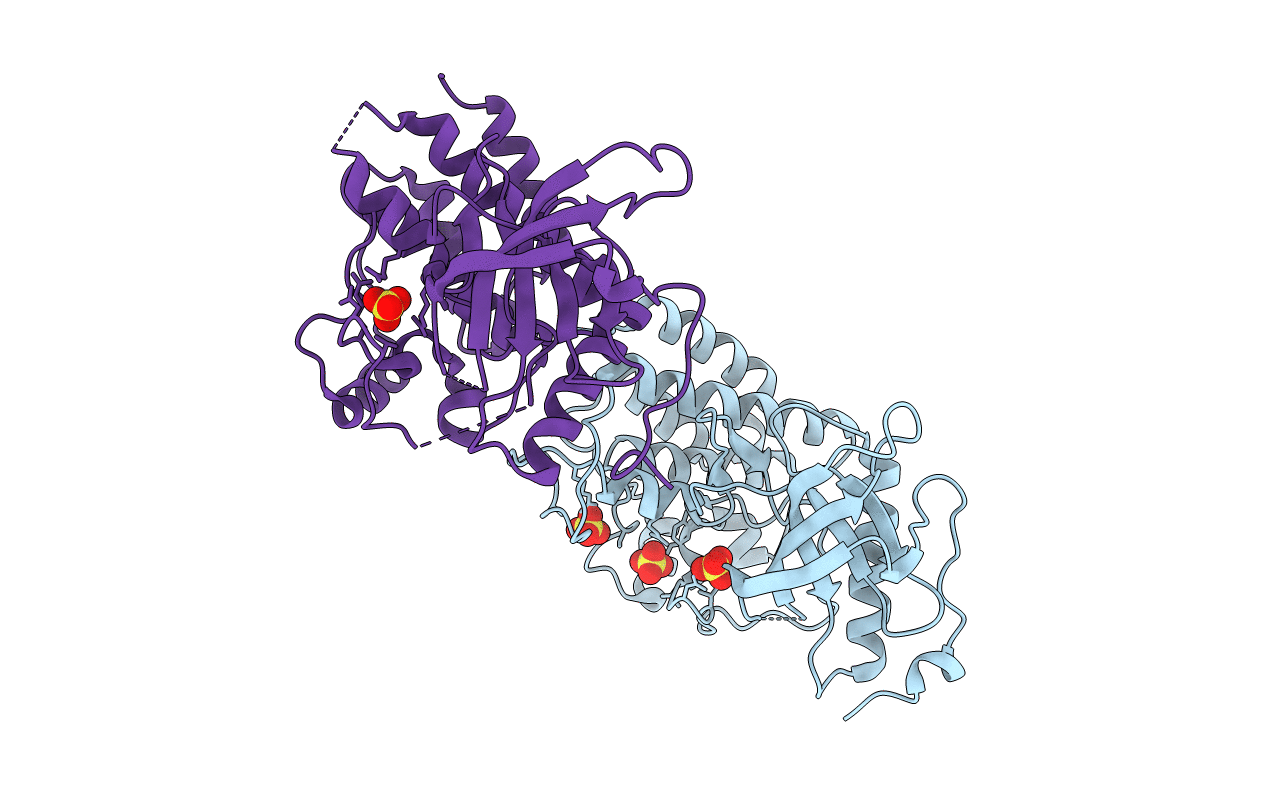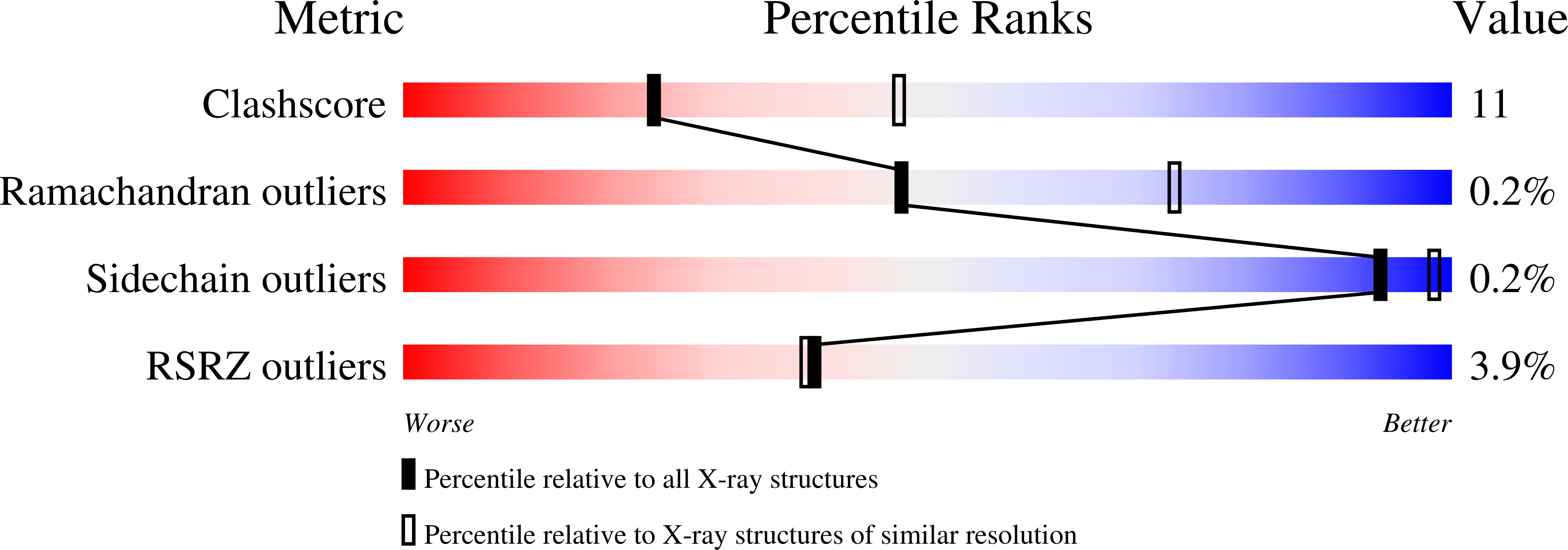
Deposition Date
2009-12-04
Release Date
2010-03-02
Last Version Date
2023-09-06
Entry Detail
PDB ID:
3KY2
Keywords:
Title:
Crystal structure of Fibroblast Growth Factor Receptor 1 kinase domain
Biological Source:
Source Organism:
Homo sapiens (Taxon ID: 9606)
Host Organism:
Method Details:
Experimental Method:
Resolution:
2.70 Å
R-Value Free:
0.25
R-Value Work:
0.20
R-Value Observed:
0.20
Space Group:
C 1 2 1


